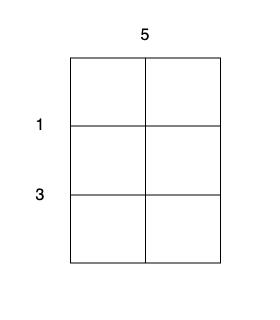目标
给你一个字符串 num ,表示一个大整数。如果一个整数满足下述所有条件,则认为该整数是一个 优质整数 :
- 该整数是 num 的一个长度为 3 的 子字符串 。
- 该整数由唯一一个数字重复 3 次组成。
以字符串形式返回 最大的优质整数 。如果不存在满足要求的整数,则返回一个空字符串 "" 。
注意:
- 子字符串 是字符串中的一个连续字符序列。
- num 或优质整数中可能存在 前导零 。
示例 1:
输入:num = "6777133339"
输出:"777"
解释:num 中存在两个优质整数:"777" 和 "333" 。
"777" 是最大的那个,所以返回 "777" 。示例 2:
输入:num = "2300019"
输出:"000"
解释:"000" 是唯一一个优质整数。示例 3:
输入:num = "42352338"
输出:""
解释:不存在长度为 3 且仅由一个唯一数字组成的整数。因此,不存在优质整数。说明:
- 3 <= num.length <= 1000
- num 仅由数字(0 - 9)组成
思路
判断字符串中是否存在 三个连续相同的数字,如果有多个返回数字最大的那个。
可以使用一个变量记录连续相同的字符个数,如果不同就重置 cnt 为 1。
代码
/**
* @date 2025-01-08 8:48
*/
public class LargestGoodInteger2264 {
public String largestGoodInteger(String num) {
char c = 0;
int n = num.length();
int cnt = 1;
for (int i = 1; i < n; i++) {
if (num.charAt(i) == num.charAt(i - 1)) {
cnt++;
} else {
cnt = 1;
continue;
}
if (cnt == 3 && c < num.charAt(i)) {
c = num.charAt(i);
}
}
return c > 0 ? new String(new char[]{c, c, c}) : "";
}
}
性能









